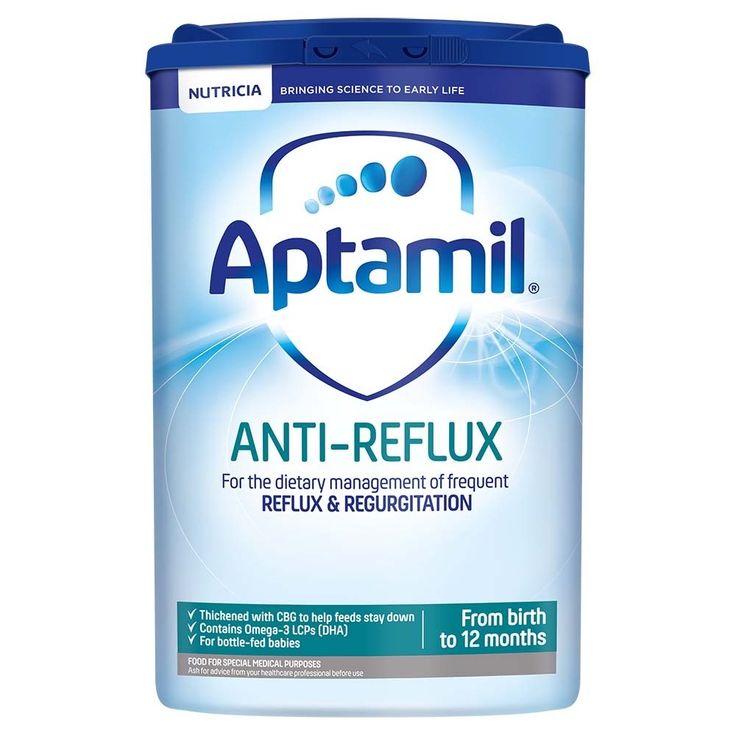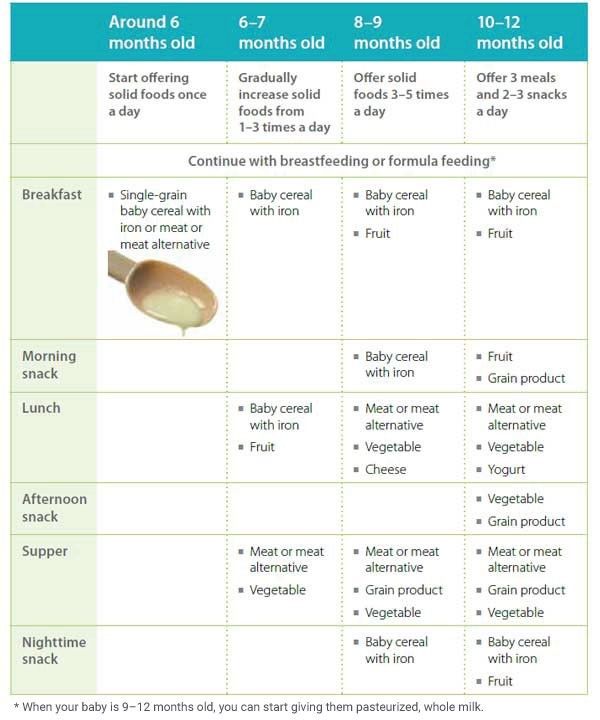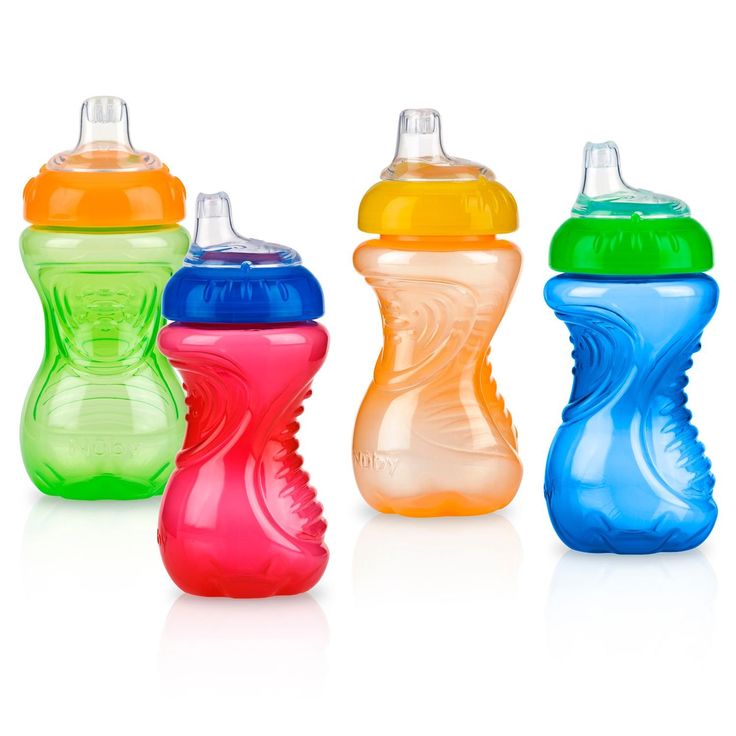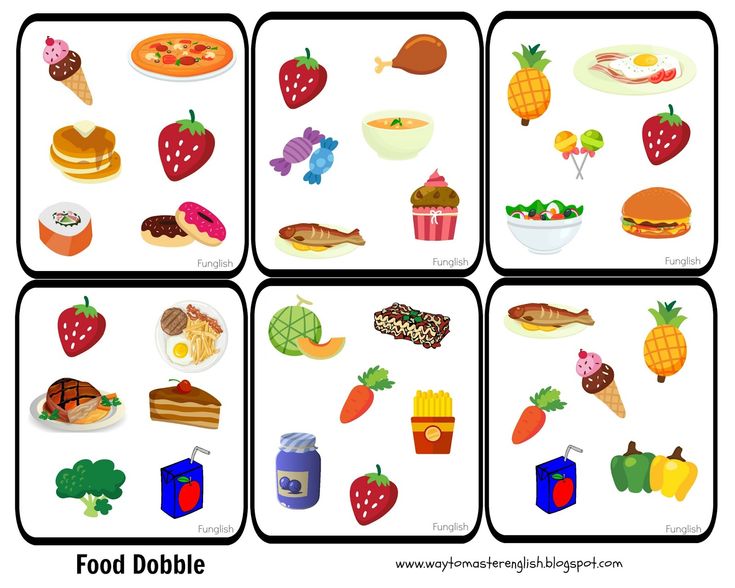When does baby feeding slow down
Breastfeeding after one month: What to expect
Do you know when your breast milk supply settles down? Or how your baby’s breastfeeding frequency and duration change as he gets bigger and more active? Find out in our guide to breastfeeding after one month
Share this content
Congratulations – you’ve made it through the first crazy month of breastfeeding. Your breast milk is now fully mature,1 your supply is beginning to calm down, and your breasts won’t leak as much, or at all, any more. Don’t worry, you’re not losing your supply – your breasts are just getting more efficient at making and storing milk.2 At six weeks, you’ll start seeing your baby’s first gorgeous gummy smiles, and by two months you’ll have 500 to 600 feeds under your belt. Hopefully any latch issues will be resolved, and now it’s a case of maintaining breastfeeding and enjoying the convenience and ongoing health benefits.
When does breastfeeding frequency slow down?
The range of ‘normal’ breastfeeding for babies aged one to six months is wide – some only feed four times in 24 hours, while others have 13 feeds a day.3
“After he’s about one month old, your baby will begin taking bigger volumes of milk at a feed and may start to go longer between feeds,” explains internationally renowned lactation consultant Cathy Garbin. “His stomach is growing so he can take larger feeds, plus your mature milk keeps him fuller for longer.”
Feeds can last anything from 12 minutes to nearer an hour – there really is that much variability between babies!3 But if your baby is gaining weight and has a feeding pattern that fits into these ranges, you have no cause for concern.
Amazingly however, no matter how often your baby feeds, he’ll consume roughly the same quantity of milk per day at one month old as he will at six months, when you start introducing solid foods.4
“Having said that, you’ll invariably get some days when he wants to feed a bit more or less, especially if he’s not feeling well, and you should just go with it,” says Cathy.
Does my baby really only need breast milk for the first six months?
Yes. Breast milk provides your baby with everything he needs for the first six months of life – if he’s exclusively breastfed, he doesn’t even need water!5 In fact, his digestive system is not able to cope with solid foods until around six months, and he won’t be able to drink cow’s milk until he’s a year old.
Breastfeeding throughout this stage also prepares your baby for the exciting milestones ahead. It exercises his mouth muscles and helps develop his jaw and align his teeth,6,7 which are all important for eating and talking. And because the flavour of your breast milk can be influenced by what you eat or drink, it means your baby can experience new tastes before he even starts solids.8
Not only that but if he gets ill, your body will produce antibodies that go into your breast milk to help fight off the infection.9 This means it will continue to protect him as he grows and gets more active over the months to come.
Once you hit your stride, carrying on breastfeeding is also incredibly convenient, as Claudia, mum of two, UK, discovered: “Not having to sterilise loads of bottles, make up formula, cart it all around, then heat it up, made breastfeeding the easy option – especially as my babies got a bit older and we went out more.”
When will my breastfed baby sleep through the night?
It’s normal for all babies to wake during the night. The majority of one- to six-month-old babies consume a fifth of their daily milk intake at night, so these feeds are important to ensure they get enough calories.3
“Really, it depends on what you call sleeping through the night,” says Cathy. “If your baby goes to bed at midnight and wakes up at 05:00, some people call that sleeping through and it’s certainly better than waking every two hours! I’ve known breastfed babies who’ve gone to bed at 19:00 and woken at 07:00 from six weeks, but plenty of others continue to wake frequently. Every child is different.”
Every child is different.”
A study of more than 700 babies in Wales showed that almost 80% woke at least once a night between six and 12 months, and 25% woke three times or more. There was no difference in frequency between breastfed or formula-fed babies.10
So, if you’re going to be waking up anyway, at least breastfeeding is a convenient option! As Minette, mum of two, Australia, agrees: “At night you barely have to wake up – just let your body and baby go on automatic pilot. No planning, measuring or sterilising. It’s all ready and at the right temperature in your boob. Perfect for me.”
My baby has started waking up more – is he hungry?
At around four months, your baby’s sleep patterns may change as he starts to cycle between periods of deep and light sleep, just like an adult. As a result, he may start waking more frequently at night. “At this four-month stage you may be dealing with a sleep issue not a feeding issue,” says Cathy. “It can wear you out, but try to go with the flow and ride through it.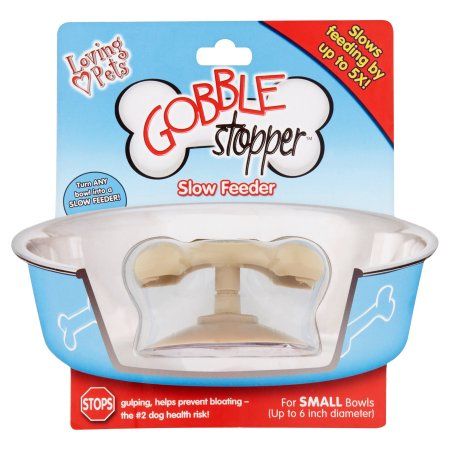 ”
”
Some people refer to this as the ‘four-month sleep regression’ but a more apt word is progression. While it may feel like a step back, your baby is approaching an important developmental phase. He’s learning rapidly, becoming more aware of the world, gaining better depth-perception, and perhaps starting to experience separation anxiety. Crying for you when he wakes, feeding and being close to you is a way of seeking reassurance.11–13
Don’t be tempted to give a ‘top-up’ of formula or introduce solids early in a bid to make your baby sleep longer. Your breast milk contains hormones that cause drowsiness and help both of you relax. And studies show mums who breastfeed actually get more sleep each night than those using formula or mixed feeding.14
How will teething affect breastfeeding?
Teething often starts from about four months. Your baby might become fussy and pull off your breast, crying with discomfort, if his gums are sore, which can be frustrating.
However, breastfeeding can also be soothing. A study showed babies who are breastfed during immunisations cry less and recover more quickly from the pain,15 and this calming effect could also help your baby while he’s teething.
An unwanted side effect may be that your baby starts to use your breast to try out his new teeth.“Occasionally some babies will have a little game and bite their mum playfully. If this is about to happen, you might notice a subtle change in your baby during the feed – he’ll have to move his tongue out of the way before he bites,” says Cathy. “It’s not usually a big problem and might only happen for a couple of feeds. Just stop the feed, tell him gently that it’s not good to bite, and he’ll soon cotton on.”
How can I continue breastfeeding if I’m away from my baby?
There may be occasions while you’re still exclusively breastfeeding during the first six months when you need to leave your baby for a couple of hours – or even longer if you have to return to work or go away for a day or two.
Don’t feel like you have to give up breastfeeding at this point. You can still continue giving your child the benefits of breast milk by pumping milk that can be fed to him while you’re not there, as Cathy explains:
“Express milk for a couple of days beforehand, taking small quantities – maybe 40 to 60 ml (1.4 to 2.1 fl oz) at a time – so you have a bank ready for whoever will be caring for your baby. By taking small amounts, you won’t affect your milk supply.
“If you’re returning to work, talk to your employer to get a plan in place. Many mums breastfeed their baby at night and do the first and last feeds. Then they express at lunchtime to ease any discomfort and provide milk for the next day.
“It’s usually much easier than people think it’s going to be, and many workplaces are set up for it these days,” she adds. “Breast pumps are efficient and will help you manage this juggling act easily.”
Natalie, mum of one, US, describes her routine: “I feed Dylan as soon as he wakes, and sometimes again before I go to work to get my supply going and have that connection.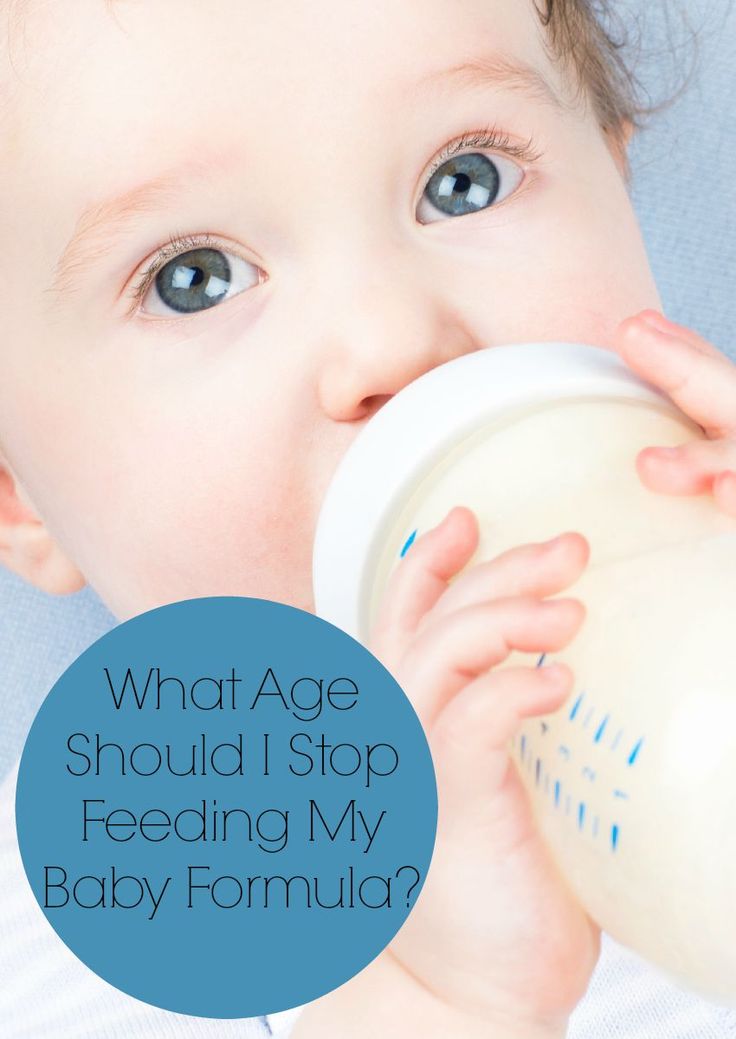 I pump twice at work for the next day (he has two bottles of breast milk while I’m at work) and then hurry home for his evening feed. At the weekends, I don’t pump and he goes back to just breastfeeding.”
I pump twice at work for the next day (he has two bottles of breast milk while I’m at work) and then hurry home for his evening feed. At the weekends, I don’t pump and he goes back to just breastfeeding.”
Can I continue breastfeeding after introducing solids?
When your baby is showing an interest in food and sitting up unsupported, at around six months, he’s ready for you to start introducing solid foods. However, this doesn’t have to be the end of breastfeeding, as Cathy explains: “Your baby’s stores of iron, built up during pregnancy, have been used by six months and he needs to start getting more,” she says.
“Introduce foods around this time, but remember breastfeeding will remain more important as a source of calories and nutrients until your baby is around eight to nine months old. He’ll be eating a lot more food by that point, but you may still be giving breastfeeds four to five times a day, depending on your baby. By the time he gets to 12 months, you could be breastfeeding anywhere between two and six times a day. All babies are individuals and he could still be getting half his calories from breast milk.”
All babies are individuals and he could still be getting half his calories from breast milk.”
And don’t forget, your breast milk can also be added to your baby’s first solid foods, such as cereals and purees, so he can experience a familiar flavour at meals. If possible, use it freshly expressed (not defrosted) and mix in just before serving, so the live components and nutrients are not destroyed.16
You may feel social pressure to stop at six months, but the longer you breastfeed or express, the more benefits there are for you both.
How long can I keep breastfeeding for?
“The World Health Organization recommends giving toddlers breast milk alongside solid foods until they turn two and beyond, as it still has a vital role in supporting the immune system,” says Cathy. “It’s also an important way to offer emotional support when they’re feeling overwhelmed or poorly.”
At eight months old, you may be giving your baby four feeds a day but after he’s a year old, you could be feeding as little as twice a day.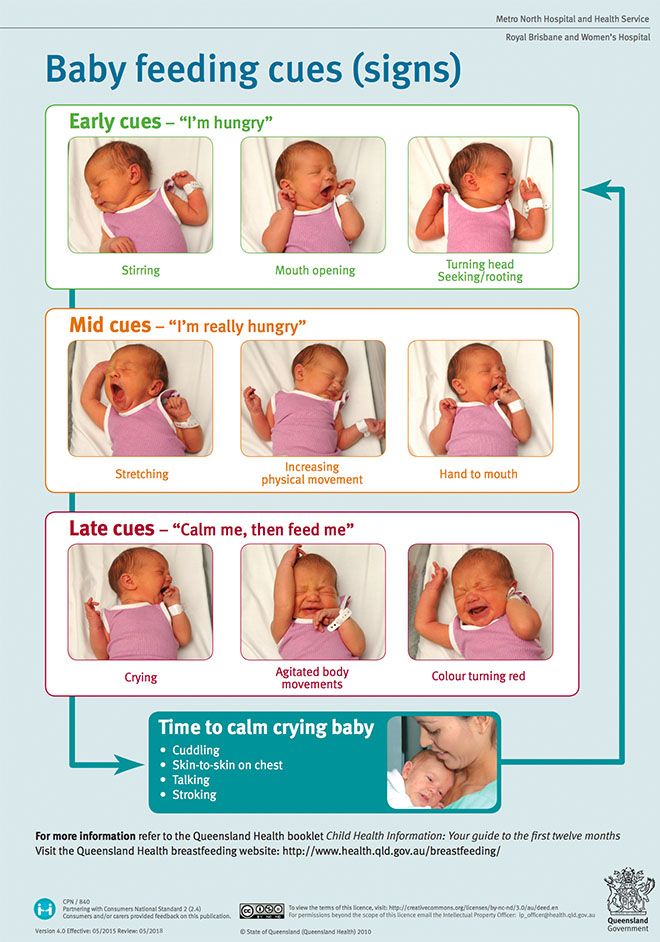 You can find a pattern that works for you both and fits into your lifestyle, as Jane, mum of two, US, found. She breastfed her children until they were around the age of two: “I’d feed when I was around in the evenings and at weekends, when they wanted to feel close to me,” she says. “It was a great help when they were sick, and my go-to method of comforting.”
You can find a pattern that works for you both and fits into your lifestyle, as Jane, mum of two, US, found. She breastfed her children until they were around the age of two: “I’d feed when I was around in the evenings and at weekends, when they wanted to feel close to me,” she says. “It was a great help when they were sick, and my go-to method of comforting.”
“As my son grew older and became more adventurous, he’d often come back to me to nurse, as if to ground him and allow him to recharge,” remembers Amy, mum of two, Canada. “When he encountered bumps and bruises along the way, breastfeeding was a great comfort to him.”
If you breastfeed your baby into toddlerhood, other people may comment that he’ll never want to stop. But, given the freedom to choose, toddlers often self-wean between the ages of two and four years.17
“I never set out to breastfeed for so long but am still feeding my four-year-old and 22-month-old,” says Susannah, mum of two, UK. “I feed my youngest before and after work and pump during work trips. My eldest has a little comfort feed before bed or when she’s upset – it’s a great way to reconnect. When I’m exhausted or feeling touched out, I focus on the amazing health benefits and comfort I’m giving them. I’m now planning to follow infant-led weaning and let them stop when they’re ready.”
My eldest has a little comfort feed before bed or when she’s upset – it’s a great way to reconnect. When I’m exhausted or feeling touched out, I focus on the amazing health benefits and comfort I’m giving them. I’m now planning to follow infant-led weaning and let them stop when they’re ready.”
Find out more about what you can expect, along with lots of support and advice, in Breastfeeding challenges after the first month
References
1 Ballard O, Morrow AL. Human milk composition: nutrients and bioactive factors. Pediatr Clin North Am. 2013;60(1):49-74.
2 Kent JC et al. Principles for maintaining or increasing breast milk production. J Obstet, Gynecol, & Neonatal Nurs. 2012;41(1):114-21.
3 Kent JC et al. Volume and frequency of breastfeedings and fat content of breast milk throughout the day. Pediatrics. 2006;117(3):e387-395.
4 Kent JC et al. Longitudinal changes in breastfeeding patterns from 1 to 6 months of lactation. Breast Med. 2013;8(4):401-407.
5 Almroth S, Bidinger PD. No need for water supplementation for exclusively breast-fed infants under hot and arid conditions. Trans R Soc Trop Med Hyg. 1990;84(4):602-604.
6 Victora CG et al. Breastfeeding in the 21st century: epidemiology, mechanisms, and lifelong effect. Lancet. 2016;387(10017):475-490.
7 Peres KG et al. Effect of breastfeeding on malocclusions: a systematic review and meta‐analysis. Acta Paediatr. 2015;104(S467):54-61.
8 Mennella JA, Beauchamp GK. Maternal diet alters the sensory qualities of human milk and the nursling's behavior. Pediatrics. 1991;88(4):737-744.
9 Hassiotou F et al. Maternal and infant infections stimulate a rapid leukocyte response in breastmilk. Clin Transl immunology. 2013;2(4).
10 Brown A, Harries V. Infant sleep and night feeding patterns during later infancy: Association with breastfeeding frequency, daytime complementary food intake, and infant weight. Breast Med. 2015;10(5):246-252.
11 Infant sleep information source. [Internet]. Normal Infant Sleep Development; December 2017 [cited 2018 Feb]
[Internet]. Normal Infant Sleep Development; December 2017 [cited 2018 Feb]
12 Baby sleep science. [Internet]. The-Four-Month-Sleep-Regression-What-is-it-and-What-can-be-Done-About-it. March 2014 [cited 2018 Feb]
13 The Myth Of Baby Sleep Regressions – What’s Really Happening To Your Baby’s Sleep? [Internet]. Pinky Mckay; December 2017 [cited 2018 Feb]
14 Kendall-Tackett K et al. The effect of feeding method on sleep duration, maternal well-being, and postpartum depression. Clinical Lactation. 2011;2(2):22-26.
15) Harrison D et al. Breastfeeding for procedural pain in infants beyond the neonatal period. Cochrane Database Syst Rev. 2014;10.
16 Czank C et al. Retention of the immunological proteins of pasteurized human milk in relation to pasteurizer design and practice. Pediatr Res. 2009;66(4):374.
17 Weaning from the breast. (2004). Paediatr Child Health, 9(4):249–253.
Breastfeeding FAQs: How Much and How Often (for Parents)
Breastfeeding is a natural thing to do, but it still comes with its fair share of questions. Here's what you need to know about how often and how long to breastfeed your baby.
Here's what you need to know about how often and how long to breastfeed your baby.
How Often Should I Breastfeed?
Newborn babies should breastfeed 8–12 times per day for about the first month. Breast milk is easily digested, so newborns are hungry often. Frequent feedings helps stimulate your milk production during the first few weeks.
By the time your baby is 1–2 months old, he or she probably will nurse 7–9 times a day.
In the first few weeks of life, breastfeeding should be "on demand" (when your baby is hungry), which is about every 1-1/2 to 3 hours. As newborns get older, they'll nurse less often, and may have a more predictable schedule. Some might feed every 90 minutes, whereas others might go 2–3 hours between feedings.
Newborns should not go more than about 4 hours without feeding, even overnight.
How Do I Count the Time Between Feedings?
Count the length of time between feedings from the time your baby begins to nurse (rather than at the end) to when your little one starts nursing again. In other words, when your doctor asks how often your baby is feeding, you can say "about every 2 hours" if your first feeding started at 6 a.m., the next feeding was around 8 a.m., then 10 a.m., and so on.
In other words, when your doctor asks how often your baby is feeding, you can say "about every 2 hours" if your first feeding started at 6 a.m., the next feeding was around 8 a.m., then 10 a.m., and so on.
Especially at first, you might feel like you're nursing around the clock, which is normal. Soon enough, your baby will go longer between feedings.
How Long Does Nursing Take?
Newborns may nurse for up to 20 minutes or longer on one or both breasts. As babies get older and more skilled at breastfeeding, they may take about 5–10 minutes on each side.
How long it takes to breastfeed depends on you, your baby, and other things, such as whether:
- your milk supply has come in (this usually happens 2–5 days after birth)
- your let-down reflex (which causes milk to flow from the nipple) happens right away or after a few minutes into a feeding
- your milk flow is slow or fast
- the baby has a good latch, taking in as much as possible of your areola (the dark circle of skin around your nipple)
- your baby begins gulping right away or takes it slow
- your baby is sleepy or distracted
Call your doctor if you're worried that your baby's feedings seem too short or too long.
When Should I Alternate Breasts?
Alternate breasts and try to give each one the same amount of nursing time throughout the day. This helps to keep up your milk supply in both breasts and prevents painful engorgement (when your breasts overfill with milk).
You may switch breasts in the middle of each feeding and then alternate which breast you offer first for each feeding. Can't remember where your baby last nursed? It can help to attach a reminder — like a safety pin or small ribbon — to your bra strap so you'll know which breast your baby last nursed on. Then, start with that breast at the next feeding. Or, keep a notebook handy or use a breastfeeding app to keep track of how your baby feeds.
Your baby may like switching breasts at each feeding or prefer to nurse just on one side. If so, then offer the other breast at the next feeding. Do whatever works best and is the most comfortable for you and your baby.
How Often Should I Burp My Baby During Feedings?
After your baby finishes on one side, try burping before switching breasts. Sometimes, the movement alone can be enough to cause a baby to burp.
Sometimes, the movement alone can be enough to cause a baby to burp.
Some infants need more burping, others less, and it can vary from feeding to feeding.
If your baby spits up a lot, try burping more often. While it's normal for infants to "spit up" a small amount after eating or during burping, a baby should not vomit after feeding. If your baby throws up all or most of a feeding, there could be a problem that needs medical care. If you're worried that your baby is spitting up too much, call your doctor.
Why Is My Baby Hungrier Than Usual?
When babies go through a period of rapid growth (called a growth spurt), they want to eat more than usual. These can happen at any time. But in the early months, growth spurts often happen when a baby is:
- 7–14 days old
- 2 months old
- 4 months old
- 6 months old
During these times and whenever your baby seems extra hungry, follow your little one's hunger cues. You may need to breastfeed more often for a while.
How Long Should I Breastfeed My Baby?
That's a personal choice. Experts recommend that babies be breastfed exclusively (without formula, water, juice, non–breast milk, or food) for the first 6 months. Then, breastfeeding can continue until 12 months (and beyond) if it's working for you and your baby.
Breastfeeding has many benefits for mom and baby both. Studies show that breastfeeding can lessen a baby's chances of diarrhea, ear infections, and bacterial meningitis, or make symptoms less severe. Breastfeeding also may protect children from sudden infant death syndrome (SIDS), diabetes, obesity, and asthma.
For moms, breastfeeding burns calories and helps shrink the uterus. In fact, breastfeeding moms might return to their pre–pregnancy shape and weight quicker. Breastfeeding also helps lower a woman's risk of diseases like:
- breast cancer
- high blood pressure
- diabetes
- heart disease
It also might help protect moms from uterine cancer and ovarian cancer.
What is normal breastfeeding? | Interview with Dr. Jacqueline Kent
It can be difficult for new mothers to understand if breastfeeding is going well, so we decided to ask the expert if it is possible to talk about the norms when it comes to breastfeeding.
Share this information
Dr Jacqueline Kent, Research Fellow, Hartmann Human Lactation Research Group:
Jacqueline joined the University of Western Australia research team in 1986 and received her PhD in 1999. She is currently researching the biochemical and physiological aspects of breast milk synthesis and release in search of scientific information to help mothers breastfeed longer.
Dr. Jacqueline Kent and her colleagues have been studying breastfeeding for many years. As it turned out, for all mothers and babies, this process occurs in its own way.
What were the most surprising results of your research?
Variety. It turns out that the limits of the norm are extremely wide.
We are used to textbooks that say that an infant should eat 8-12 times a day and gain 150 grams per week. But babies don't read textbooks and do things their own way! Some gain weight more slowly, others very quickly.
We observed infants aged one to six months who were exclusively breastfed. As our studies have shown, on average, a child is breastfed 4 to 13 times a day, and the duration of one feeding varies from 12 minutes to 1 hour. 1
How much milk do breastfed babies usually consume?
According to our research, the volume of milk consumed by baby
ranges from 54 to 234 ml per feeding. 1
Sometimes it seems to the mother that the baby ate well, but when weighed, it turns out that he ate very little milk. And it happens the other way around: the child is distracted, breastfeeds for only a few minutes and still eats 100 ml of milk. Even if the baby is restless, this does not mean at all that he is malnourished.
All babies are different, but they all get the amount of milk they need in one way or another. One needs 500 ml of milk per day, while others eat up to 1356 ml!
One needs 500 ml of milk per day, while others eat up to 1356 ml!
By the way, boys on average eat 76 ml more milk per day than girls. The main thing is that you have enough milk, and the baby will decide when and how much he will eat.
Should I offer my baby a second breast?
I advise offering the second breast to the baby after the first has been completely emptied. If he accepts it, then he hasn't finished eating. If not, don't worry. Let the baby decide for himself - only he knows when he is full. According to our research, 30% of babies get enough milk from one breast, 13% eat from two breasts at each feed, and 57% from time to time. 1
How do you know if a baby is getting enough milk?
In my experience, mothers often blame themselves for not producing enough milk. Ask yourself: Is my child growing? Is he putting on weight? Is he cheerful? Is his skin healthy? How often does he get diapers dirty? If the answer is “yes”, then the baby is getting enough milk, no matter if he eats a lot or a little.
What is the most common misconception about breastfeeding?
Mothers usually think that the older the child gets, the more often
he needs to be fed and the more milk he will eat. They are often surprised to learn that between the 4th and 26th weeks, total milk production normally does not change. 2
In the first few months, the baby grows very quickly and his metabolism is accelerated. The milk that the child consumes during this period is almost completely used for growth and maintenance of metabolism.
Between the ages of three and six months, metabolism slows down and growth slows, so the same amount of milk is sufficient for the baby. In other words, the baby does not have to consume more and more milk as they grow older. On the contrary, feedings become shorter and less frequent, but at the same time the child receives the same amount of milk, because he suckles better.
Do studies say anything about the age at which breastfed babies start sleeping through the night?
Most babies need to be fed at night.
A baby's stomach is not large enough to go all night without a feed, and breast milk is digested very quickly. Therefore, it is natural for the baby to wake up at night - and this usually continues for at least the first six months. Feeding at night is normal. When you feed your baby at night, do not even hesitate - all over the world at this moment other mothers of babies of the same age are doing the same. Be patient - it usually only lasts a few months. 1
What worries new mothers the most during the first few weeks of breastfeeding?
The most common concern is whether the baby latch on properly, sucks well, and is full during feeding. Often mothers also worry about sore nipples. The main thing is to find the right position for feeding from the very beginning and ensure that the baby is latching on correctly. Practice shows that this significantly affects the flow of milk and the convenience of feeding.
What breastfeeding symptoms should be of concern?
Milk production usually returns to normal levels two weeks after delivery.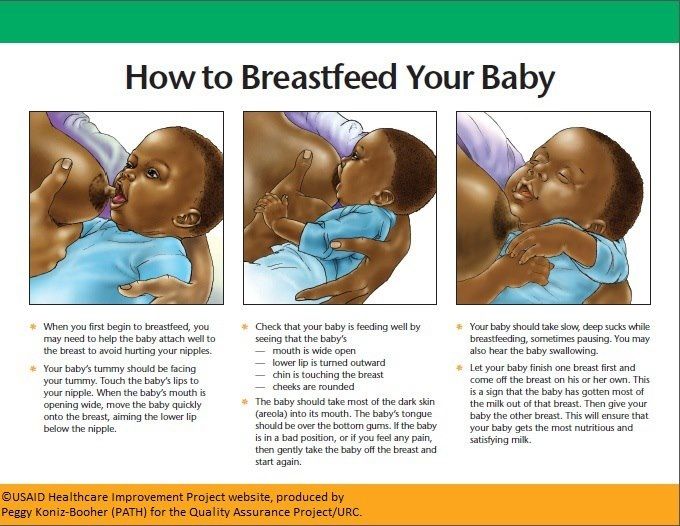 If the child does not begin to gain weight on the fifth or sixth day of life, it's time to sound the alarm. You should contact your doctor to make sure that milk is being produced and that its composition is changing from colostrum to mature breast milk.
If the child does not begin to gain weight on the fifth or sixth day of life, it's time to sound the alarm. You should contact your doctor to make sure that milk is being produced and that its composition is changing from colostrum to mature breast milk.
What advice would you give to a new breastfeeding mother?
Try to ensure skin-to-skin contact with the baby as soon as possible after delivery. If possible, feed your baby within the first hour of life, or at least breastfeed. As soon as possible, contact a specialist to correct the position and grip of the breast during feeding and thus avoid damage to the nipples.
Feed frequently. Young mothers do not immediately succeed in correctly recognizing the signals that the child gives. Be sure to feed your baby on demand, and not at set intervals. Offer the breast as soon as you notice any signs of hunger - as a rule, the baby suckles better when he is calm. If he cries, it is more difficult for him to take the breast.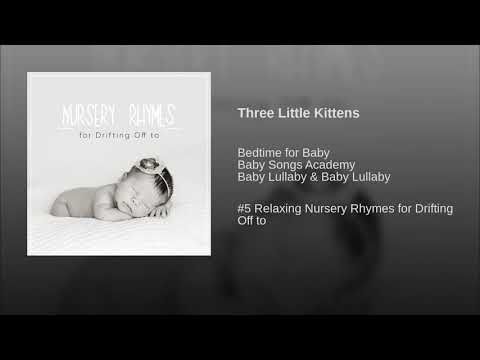 If you are not sure what the child wants, offer him the breast. He decides whether he wants to eat or not.
If you are not sure what the child wants, offer him the breast. He decides whether he wants to eat or not.
To learn more about Dr. Kent's research, download infographic "How to determine the limits of normal when it comes to breastfeeding" or see it below.
Literature
1 Kent JC et al. Volume and frequency of breastfeedings and fat content of breast milk throughout the day. Pediatrics . 2006;117(3): e 387-395. - Kent J.S. et al., "Amount and frequency of breastfeeding and fat content of breast milk during the day." Pediatrix (Pediatrics). 2006;117(3):e387-95.
2 Kent JC et al. Longitudinal changes in breastfeeding patterns from 1 to 6 months of lactation. Breastfeeding Medicine . 2013;8(4):401-407. — Kent J.S. et al., Longitudinal changes in breastfeeding patterns from 1 to 6 months of lactation. Brest Med. 2013;8(4):401-407.
Rules for breastfeeding - Budgetary institution of the Khanty-Mansiysk Autonomous Okrug - Yugra
Breastfeeding Rules The correct positioning of the baby to the breast greatly facilitates feeding, ensures the flow of milk, helps prevent inflammation, cracked nipples, and engorgement of the mammary glands.
How to feed a baby.
|



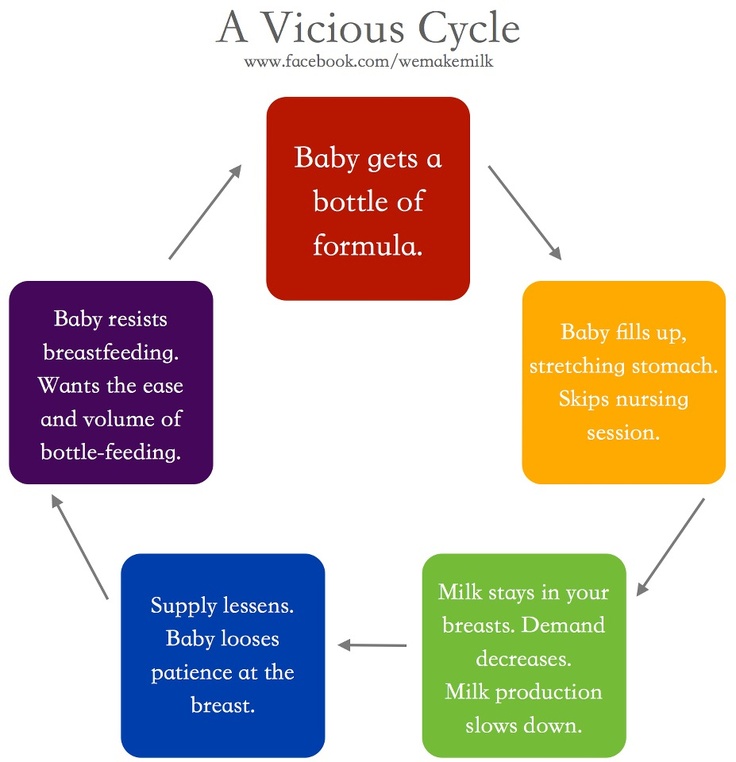 Breast milk contains enough water. Artificially fed babies need water.
Breast milk contains enough water. Artificially fed babies need water. 
